The Essence of the project
Beyond this experience, we want to raise your awareness of the cause of butterflies in France and Europe, indeed all the butterfly shapes used in this project are endangered butterflies. They are species whose populations have declined significantly, placing them at risk of extinction in the short to medium term. Butterflies play a crucial role in ecosystems as pollinators of many plants, contributing to the reproduction of plant species. Their decline can have serious consequences for biodiversity and ecosystem stability.
Lycaena dispar
This butterfly, a member of the Lycaenidae family, is threatened by the disappearance of its natural habitat. The Swamp Copper (Lycaena virgaureae) is a copper-colored butterfly with a wingspan of around 3 to 4 centimeters. It mainly inhabits wet meadows, marshes and low-lying moors. Its adult lifespan is around 1 to 2 weeks, with an estimated population of several thousand living in its natural habitat.
More info about Lycaena dispar.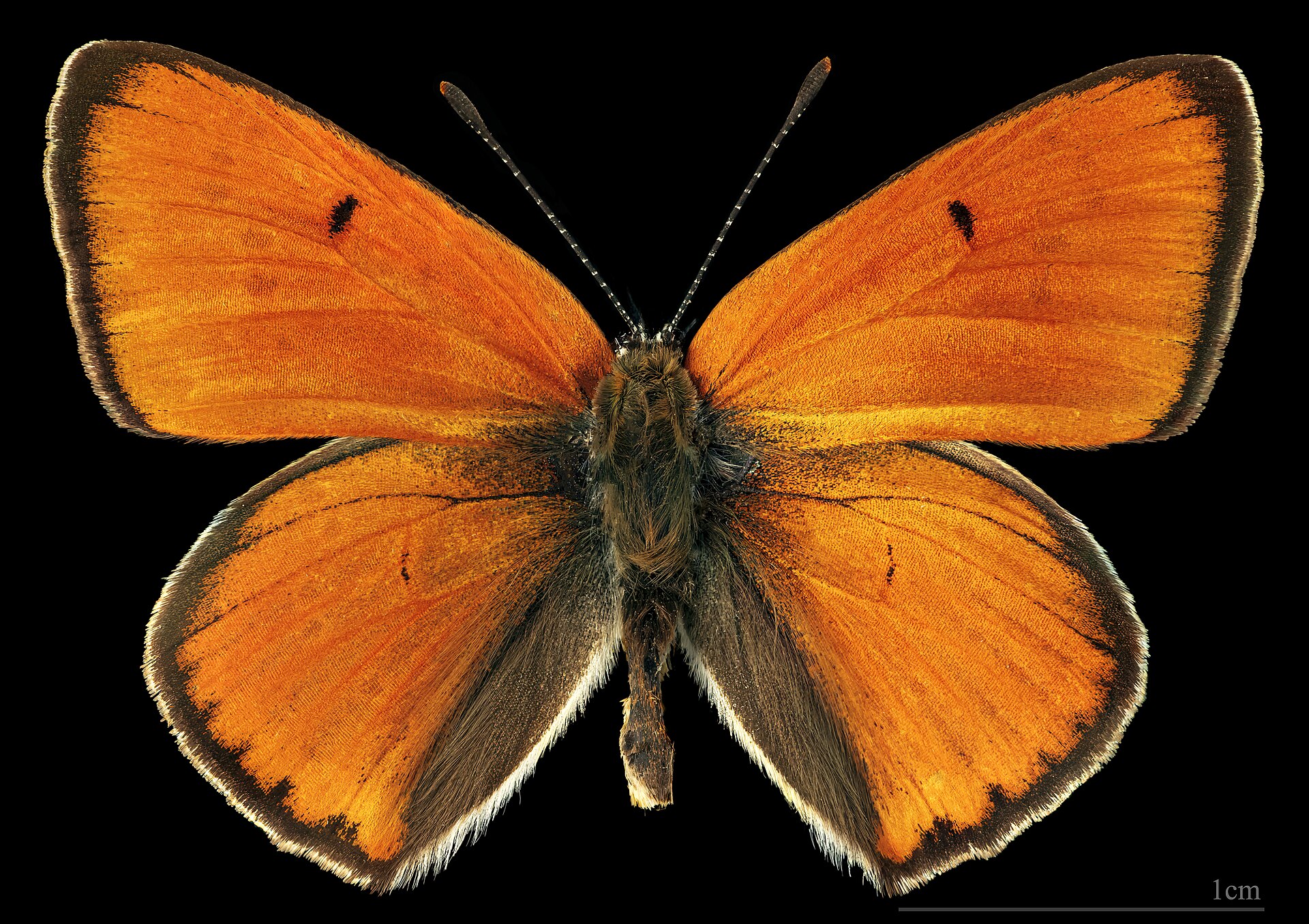
Apatura ilia
The bacchante (Apatura ilia) is a majestic butterfly with a wingspan of around 6 to 7 centimetres. It is mainly found in mixed forests and damp clearings. Its adult lifespan is around 2 to 3 weeks. Although precise population estimates vary, it is likely that several thousand individuals live in its natural habitat.
More info about Apatura ilia.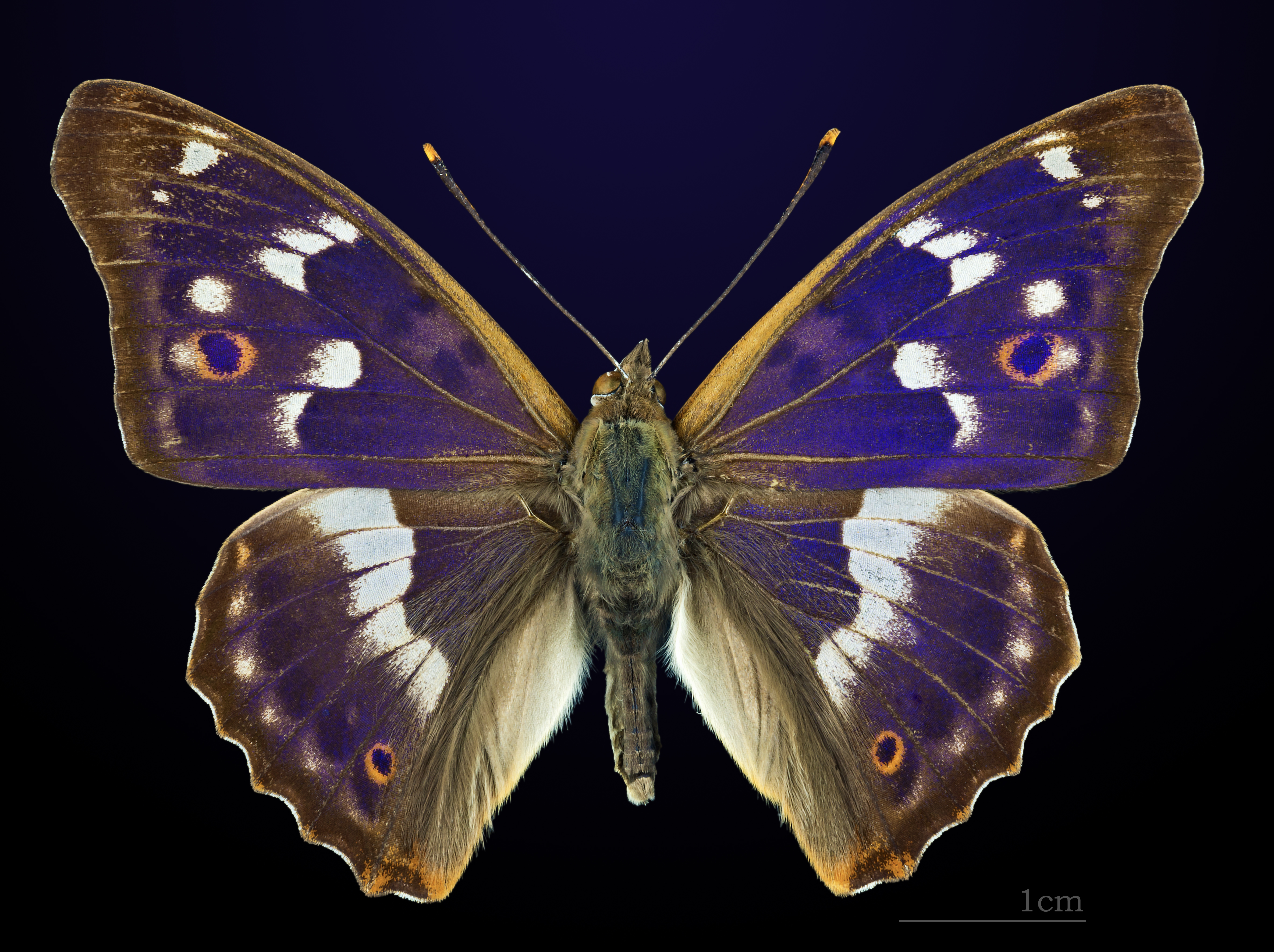
Argynnis paphia
The Ariadne's Fritillary (Argynnis paphia) is a graceful butterfly with a wingspan of 5 to 7 centimetres. It prefers forest edges, clearings and flowering meadows. Its adult lifespan is around 2 to 3 weeks. Ariadne's Fritillary populations vary from region to region, but it is estimated that there are several thousand individuals living in its natural habitat, particularly in the woodlands of Europe.
More info about Argynnis paphia.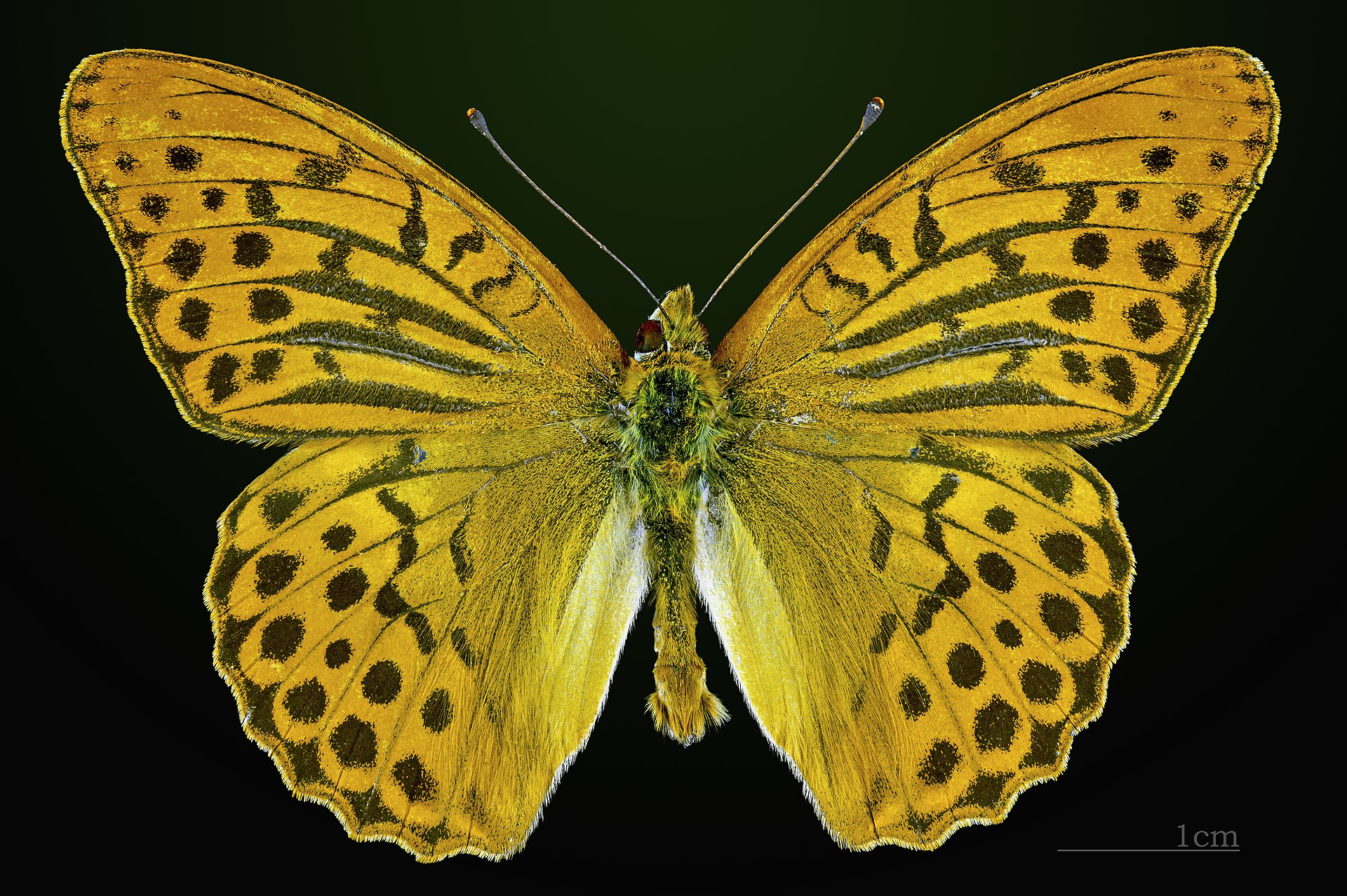
Lycaena helle
The Bistort copper (Lycaena helle) is a modest-sized butterfly, with a wingspan of around 2 to 3 centimetres, in the Lycaenidae family. It is mainly found in wet meadows, bogs and heaths where bistort grows. Its adult lifespan is around 1 to 2 weeks. Bistort copper populations are often localized and fragmented, but it is estimated that there are several hundred to several thousand individuals living in its natural habitat, depending on the geographical area.
More info about Lycaena helle.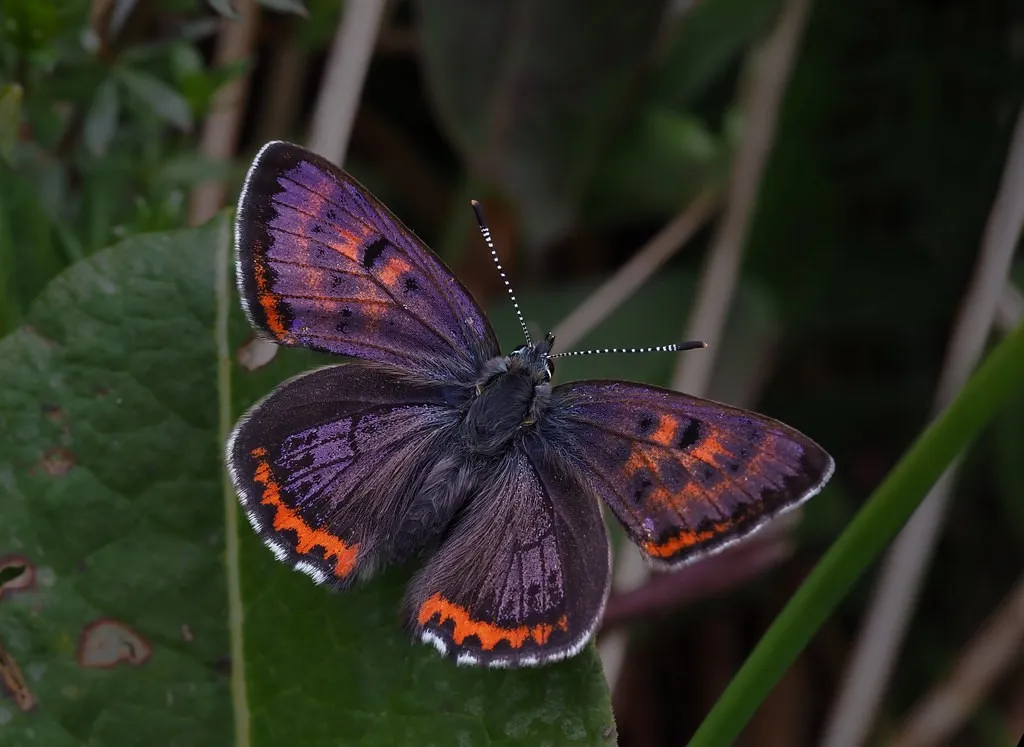
Zerynthia polyxena
The Desert (Zerynthia polyxena) is a butterfly with a distinctive pattern, measuring around 5 to 6 centimeters across. It is mainly found in warm, sunny areas, such as dry grasslands, rocky hills and flowering wastelands. Its adult lifespan is around 2 to 3 weeks. Desert populations can vary according to habitat availability, but it is estimated that there are several thousand individuals living in the Mediterranean regions where it is most widespread.
More info about Zerynthia polyxena.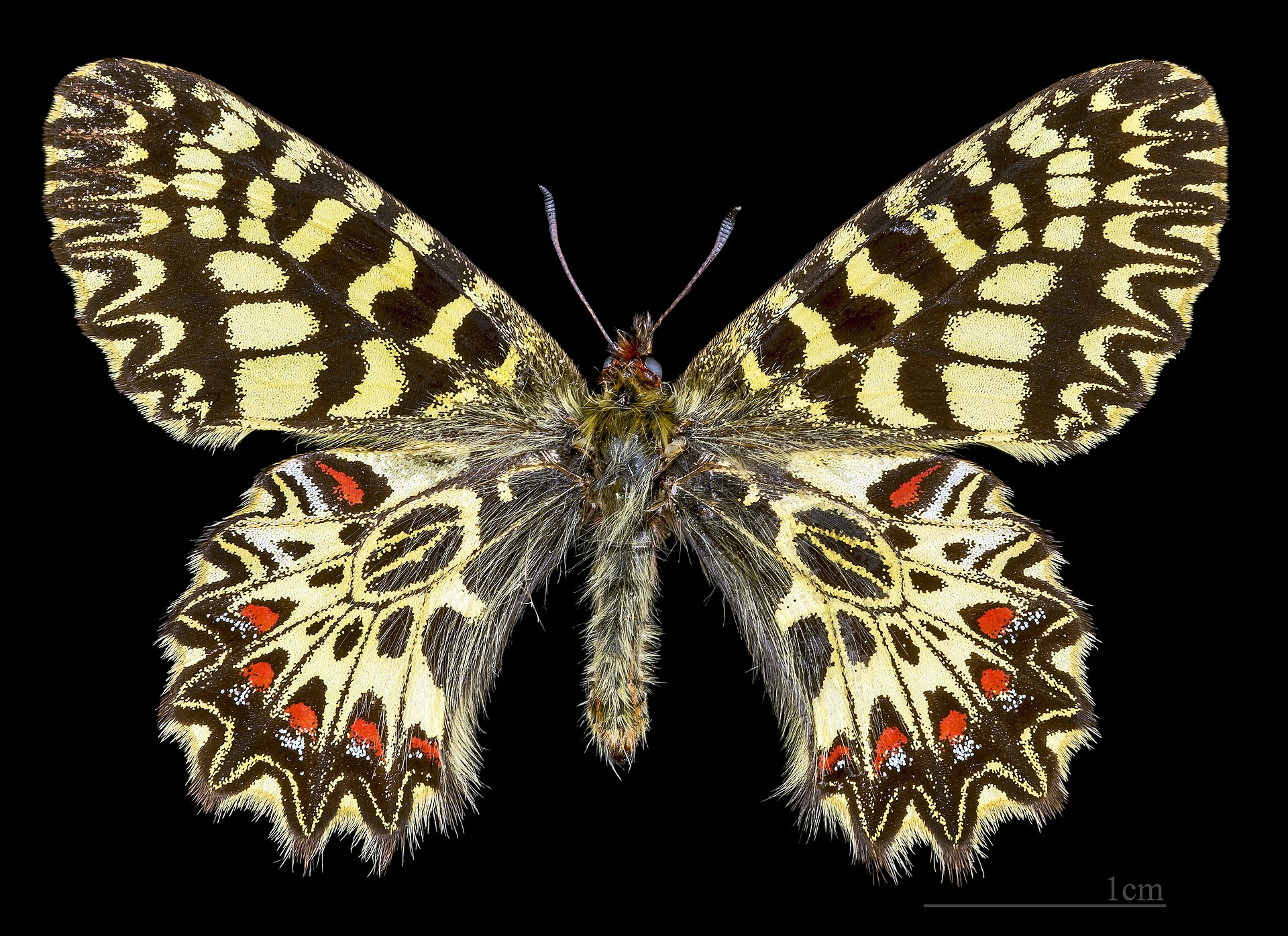
Boloria aquilonaris
The Cranberry Pearly (Boloria aquilonaris) is a medium-sized butterfly, with a wingspan of around 3 to 4 centimetres. It is mainly found in bogs, marshes and moors where cranberries grow. Its adult lifespan is around 1 to 2 weeks. Populations of the Cranberry Pearly may be scattered and localized, but it is estimated that there are several hundred to several thousand individuals living in its natural habitat, particularly in northern regions where it is more common.
More info about Boloria aquilonaris.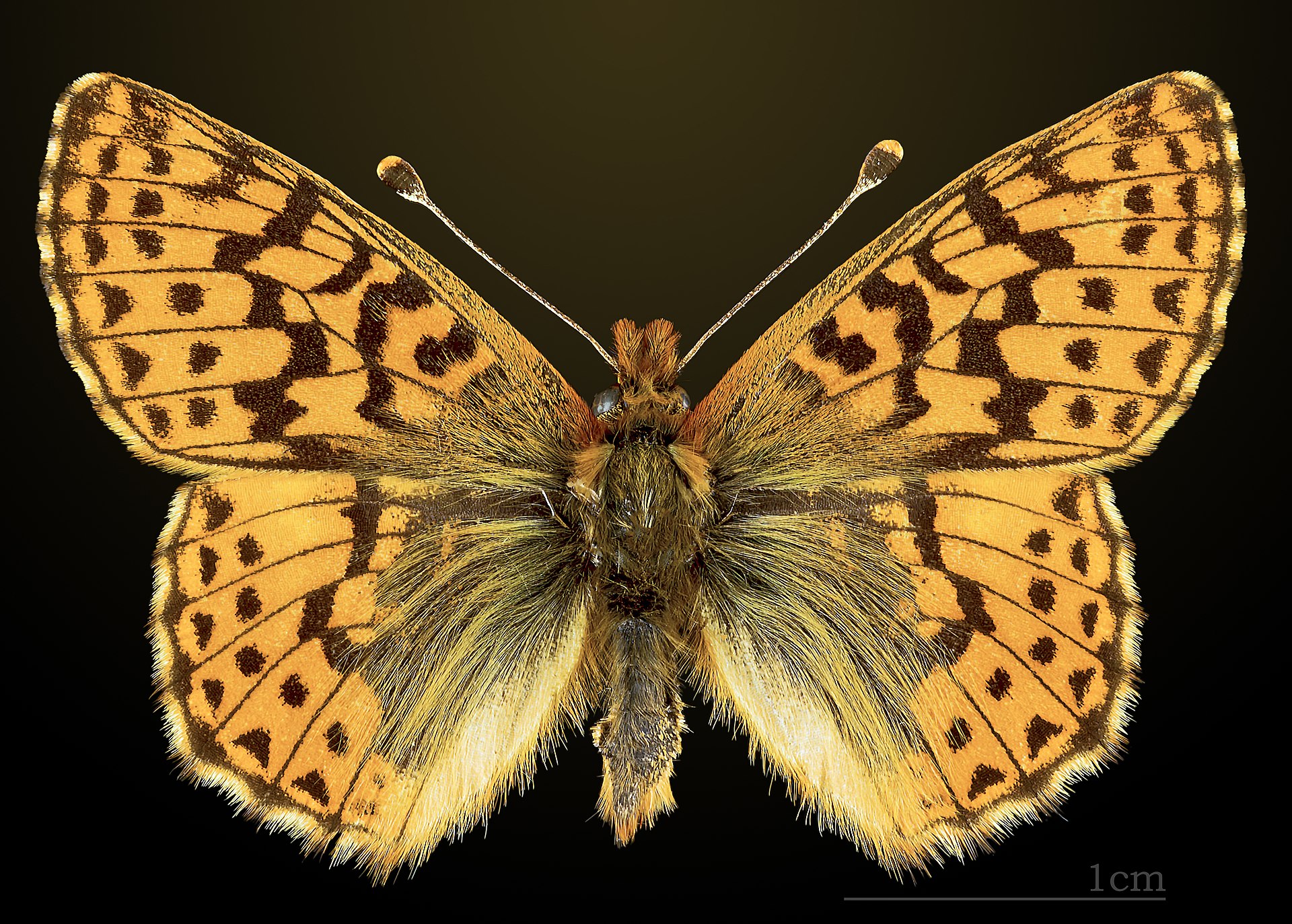
Euphydryas aurinia
The Succise Damier (Euphydryas aurinia) is a medium-sized butterfly, with a wingspan of around 3 to 4 centimetres. It is mainly found in wet meadows, marshes and forest margins where succise grows. Its adult lifespan is around 2 to 3 weeks. Succise Damier populations can vary according to habitat availability, but it is estimated that there are several thousand individuals living in regions where it is widespread, notably in Western Europe.
More info about Euphydryas aurinia.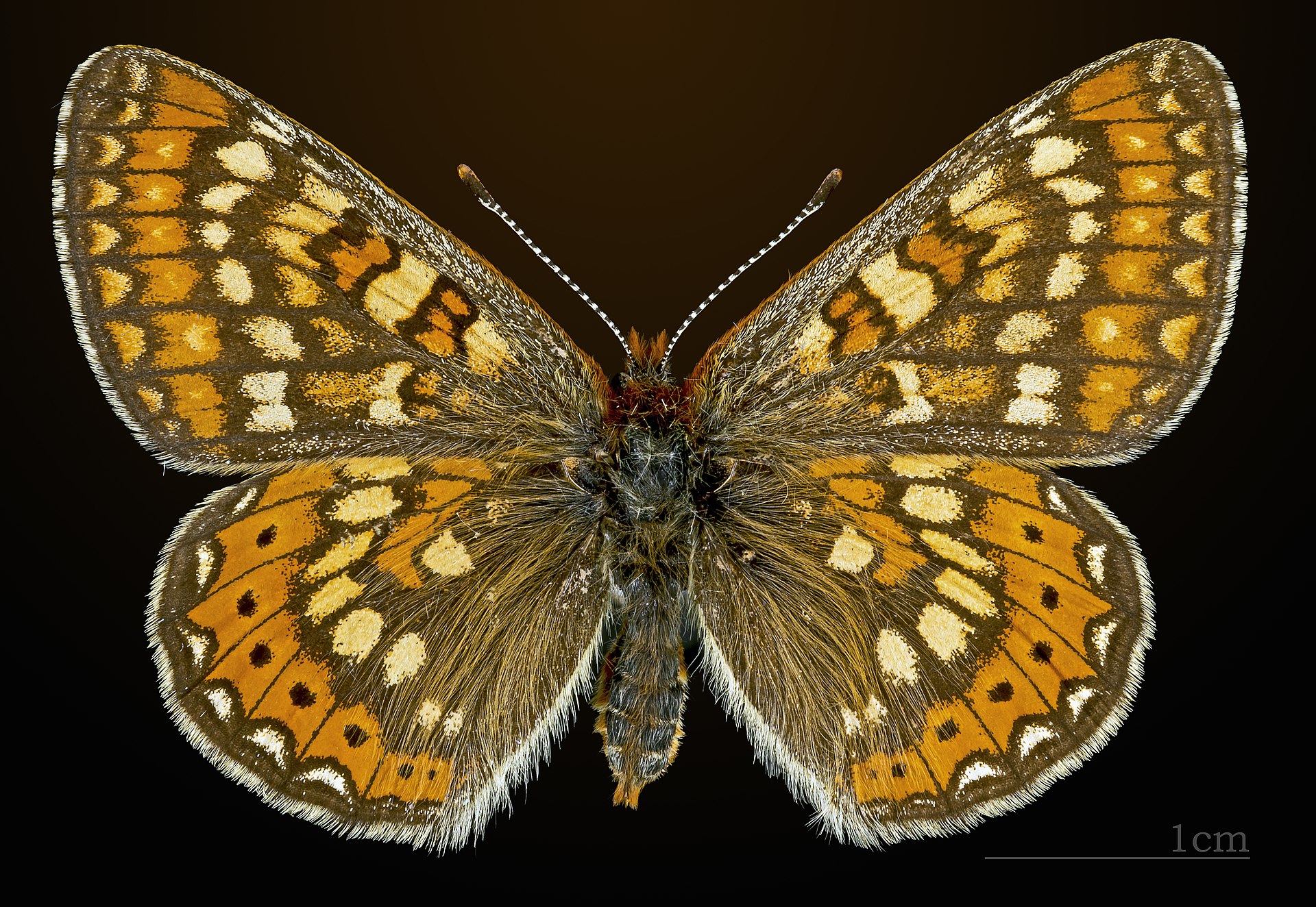
Minois dryas
The Great Negroid (Minois dryas) is a medium to large butterfly, with a wingspan wingspan of 5 to 7 centimeters. It is mainly found in mixed forests and shady shaded clearings. Its adult lifespan is around 2 to 3 weeks. The populations can vary according to the availability of its forest habitat, but it is but it is estimated that there are several thousand individuals living in regions where Europe and temperate Asia.
More info about Minois dryas.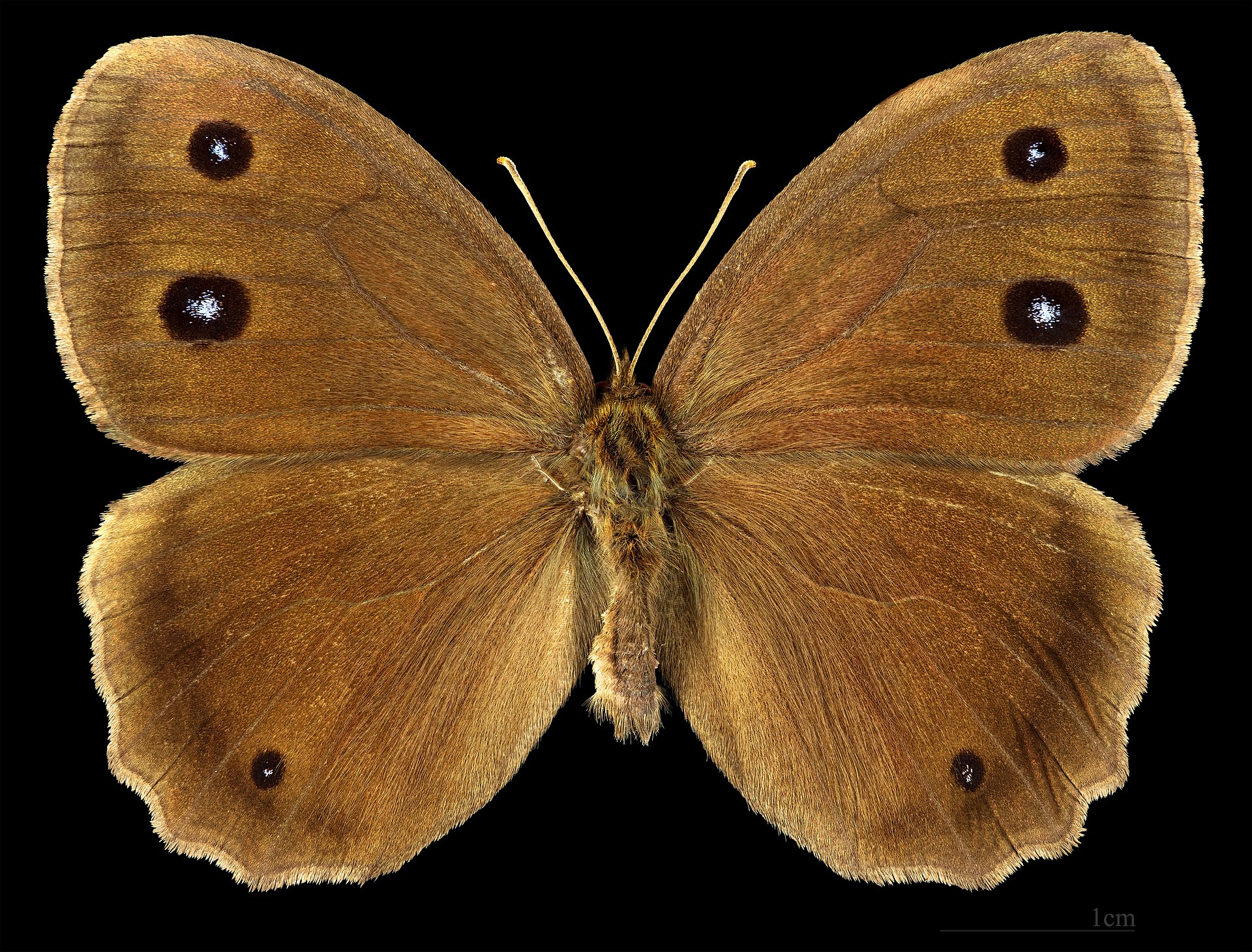
Iphiclides podalirius
The Flambé (Iphiclides podalirius) is an imposing butterfly, with a wingspan of around 6 to 9 centimetres. It is mainly found in wooded areas, orchards and forest edges. Its adult lifespan is around 2 to 4 weeks. Flambé populations can vary according to habitat availability, but it is estimated that there are several thousand to millions of individuals living in regions where it is widespread, notably in Europe and Asia.
More info about Iphiclides podalirius.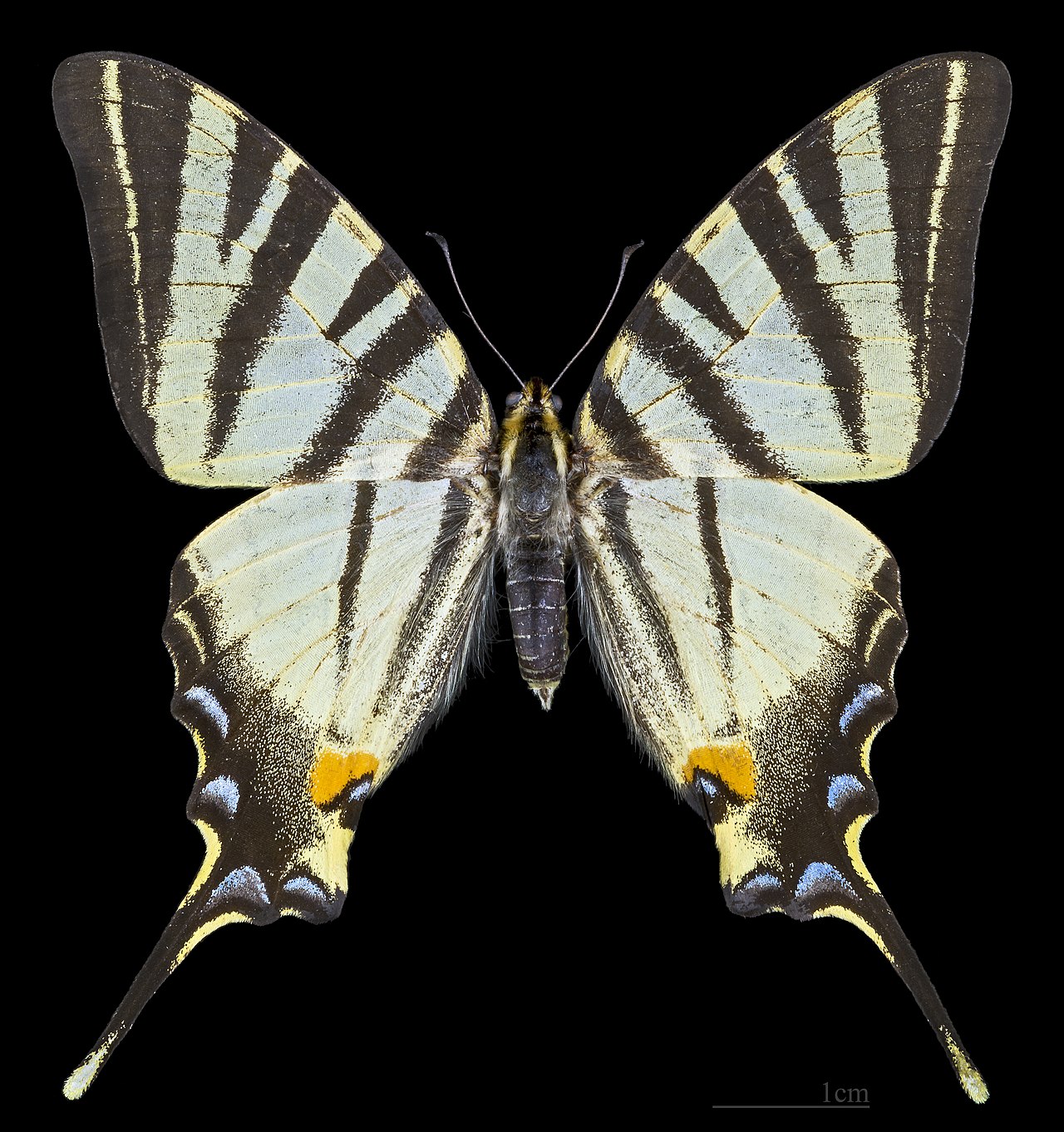
Aphantopus hyperantus
The Tristan (Aphantopus hyperantus) is a medium-sized butterfly, with a wingspan of around 3 to 4 centimetres. It is mainly found in meadows, moors and forest edges. Its adult lifespan is around 2 to 3 weeks. Tristan populations can vary according to habitat availability, but it is estimated that there are several thousand to millions of individuals living in the regions where it is widespread, notably in Europe and temperate Asia.
More info about Aphantopus hyperantus.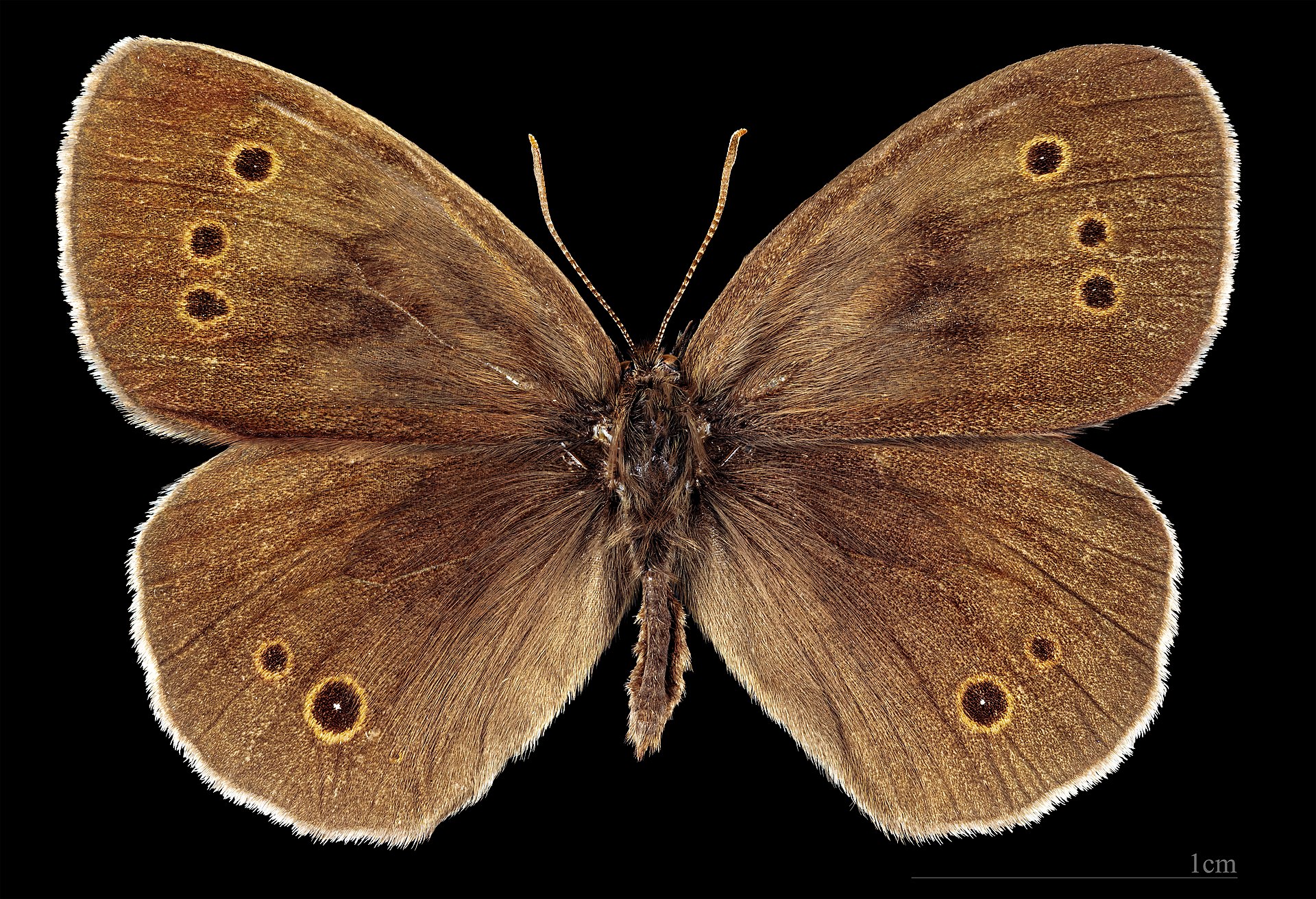
The references
- The code from which the project was inspired : Sketch from Ndeji69
- The data the project was based on : UICN
- Some inspiration here : Blobsnfluff